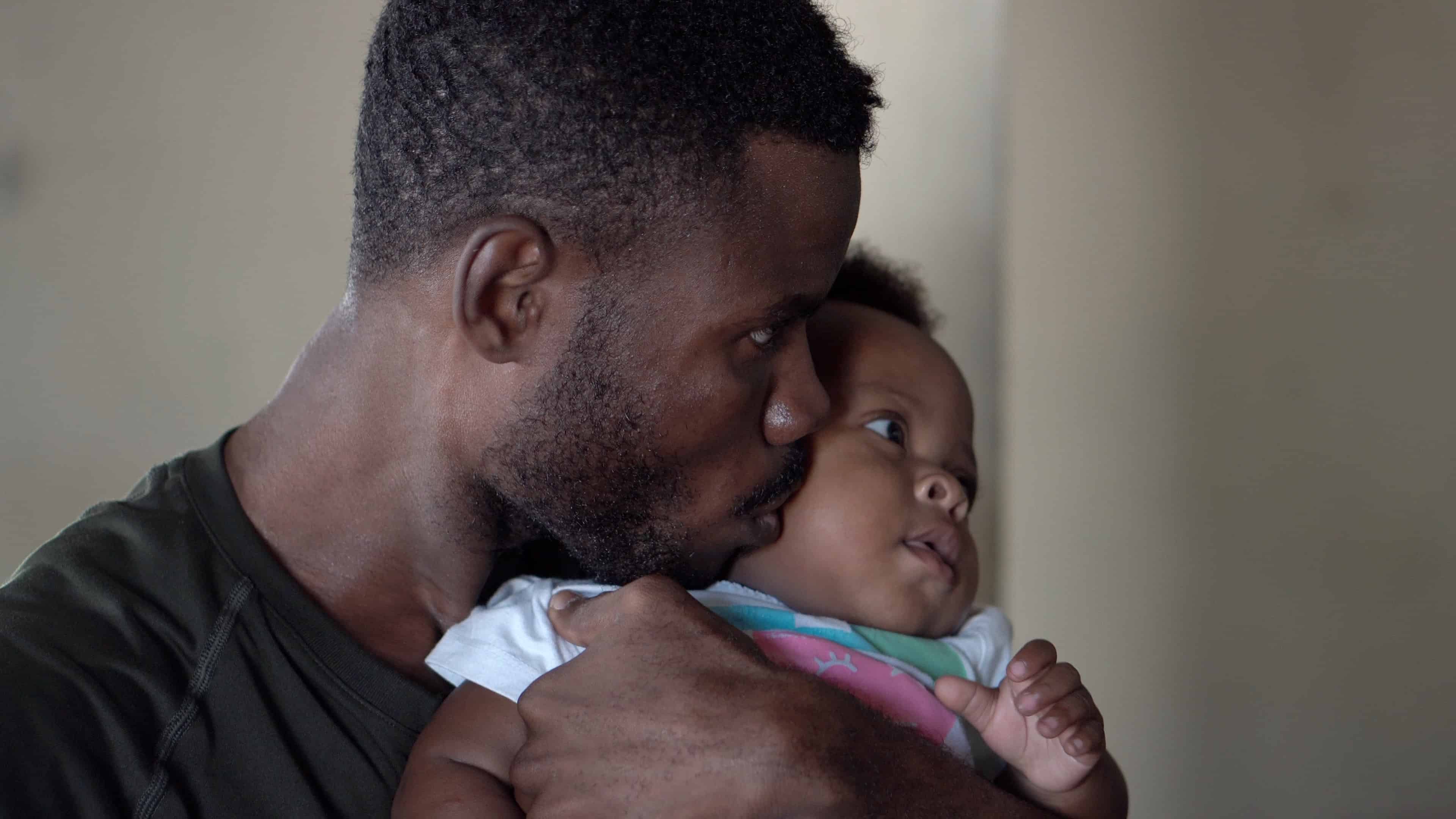To help remove the stigma of disability faced by many families, the First Lady has been collaborating with organisations that help to empower mothers and their children. Children with disabilities and their families face prejudice and discrimination in every aspect of their lives. As well as improving their health and wellbeing, it is hoped that by creating an increased understanding and awareness of the issues they face, they will have greater opportunities to thrive. Recognising the early signs of disability, improving paediatric hospital treatment, and providing children with disabilities with an education in regular schools, can all make a positive difference to the lives of vulnerable families.
Early Diagnosis Of Disability
The most common physical disability in children around the world is cerebral palsy, and in Zimbabwe, at least three in 1000 children living in urban areas are affected by the condition. Cerebral palsy is caused by damage to the brain before or during birth, and results in a range of disorders that affect movement and coordination. It can take time to determine a diagnosis, but if a child is missing recognised development milestones, a cerebral palsy test can help to remove doubt and uncertainty for parents. With an early diagnosis, treatment to reduce complications associated with the condition can begin sooner.
New Facilities For Paediatric Care
Surgery can be used to correct and improve movement and posture in cerebral palsy, and with the opening of the first children’s orthopaedic hospital in Bulawayo, this could be an option for many more children. As well as correcting curvature of the spine and improving alignment of the legs in children with cerebral palsy, other conditions, such as bowed legs or clubfoot, can be treated. As the hospital will be accessible to all, many more vulnerable children with treatable disabilities could benefit from potentially life-changing operations.
Inclusive Education For All Children
As well as improving healthcare, Zimbabwe is committed to inclusive education for children with disabilities. The number of children with disabilities taught in regular schools has risen significantly over the past three decades, and last year the government updated the Education Amendment Act to further uphold provisions to give all children with disabilities the right to an education. With the right training, preparation and facilities, teachers welcome the opportunity to include children in all classes.
Children and families living with disabilities often experience prejudice and exclusion. As well as recognising the challenges they face, improvements in inclusive healthcare and education can help them to feel supported and empowered.













